
Register Now for Piedmont Forest Landowners' Summit
This workshop has been approved for 5 hours of Cat 1 CFEs. NC State Extension Forestry and the Chatham County …


El inglés es el idioma de control de esta página. En la medida en que haya algún conflicto entre la traducción al inglés y la traducción, el inglés prevalece.
Al hacer clic en el enlace de traducción se activa un servicio de traducción gratuito para convertir la página al español. Al igual que con cualquier traducción por Internet, la conversión no es sensible al contexto y puede que no traduzca el texto en su significado original. NC State Extension no garantiza la exactitud del texto traducido. Por favor, tenga en cuenta que algunas aplicaciones y/o servicios pueden no funcionar como se espera cuando se traducen.
Inglês é o idioma de controle desta página. Na medida que haja algum conflito entre o texto original em Inglês e a tradução, o Inglês prevalece.
Ao clicar no link de tradução, um serviço gratuito de tradução será ativado para converter a página para o Português. Como em qualquer tradução pela internet, a conversão não é sensivel ao contexto e pode não ocorrer a tradução para o significado orginal. O serviço de Extensão da Carolina do Norte (NC State Extension) não garante a exatidão do texto traduzido. Por favor, observe que algumas funções ou serviços podem não funcionar como esperado após a tradução.
English is the controlling language of this page. To the extent there is any conflict between the English text and the translation, English controls.
Clicking on the translation link activates a free translation service to convert the page to Spanish. As with any Internet translation, the conversion is not context-sensitive and may not translate the text to its original meaning. NC State Extension does not guarantee the accuracy of the translated text. Please note that some applications and/or services may not function as expected when translated.
Collapse ▲
This workshop has been approved for 5 hours of Cat 1 CFEs. NC State Extension Forestry and the Chatham County …
Private “V” Credit Recertification online class July 23rd 1:00 – 3:00 p.m. After completing this training, you will receive two “V” …

Another warm, humid, and in many areas wet couple of days. Although I wrote a post last week, it …
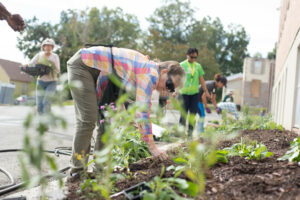
The demonstration garden at Stanford L. Warren Library in Durham, NC isn’t just any garden; it’s a vibrant pollinator …

It appears as though we’ve reached the afternoon rainy season here in western NC. While the rain directly aids …

Second generation codling moth is the main insect of concern this week, with first generation brown marmorated stink bug …
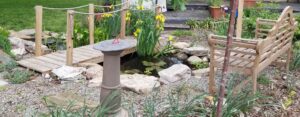
Therapeutic Horticulture and the Soothing Symphony of Water Gardens July is National Water Gardening Month, a perfect time to reflect …
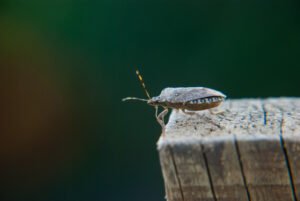
Codling Moth: In lower elevation orchards (i.e., those ranging from about 800 to 1300 ft) an insecticide targeting second …

Niki Maness serves Yancey County Extension as both the Family & Consumer Sciences (FCS) Agent and Local Food Coordinator, …

June is on its way out in a heat wave and while these temperatures aren’t ideal for diseases like …

Farm succession planning is important for several critical reasons—both for the continuity of the farm operation and for the …
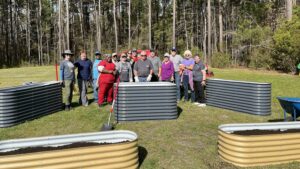
Ashley Grubb came to NC State Extension with a love of plants, a passion for helping people, and a …
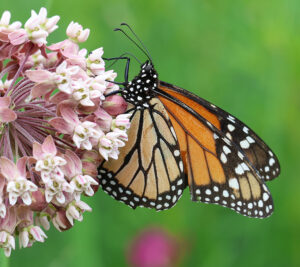
Cooperative Extension’s Pollinator Paradise Demonstration Garden was created in late 2008 at Chatham Mills in Pittsboro to provide forage …

Gardens are interesting year-round. Use the interactive map linked below to learn about public gardens near you or to …

Review our interactive map of NC Public Gardens and make plans to take them to explore one or more beautiful …
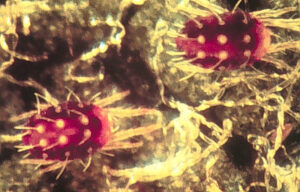
In Henderson County and similar elevations, first generation codling moth flight is complete, and second generation flight is not …
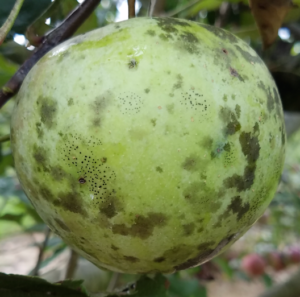
This week, I’ve given up on offering fungicide suggestions based on the weather. Seems like I’m wrong every time! …
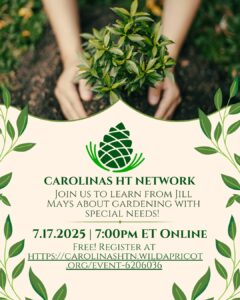
Be sure to register for this wonderful FREE webinar offered by Carolinas HT Network, welcoming author and occupational therapist …
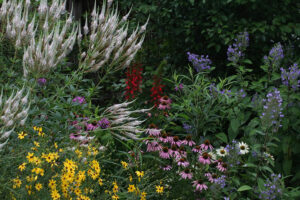
Summer tours of North Carolina Cooperative Extension’s Pollinator Paradise Demonstration Garden in Pittsboro start in early July! The garden features over …
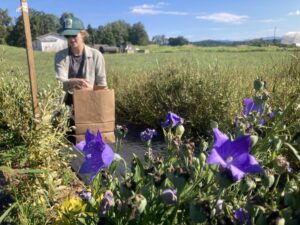
6/19/2025 – Here is a unique opportunity to work in our NC Alternative Crops & Organics Program in Mills …